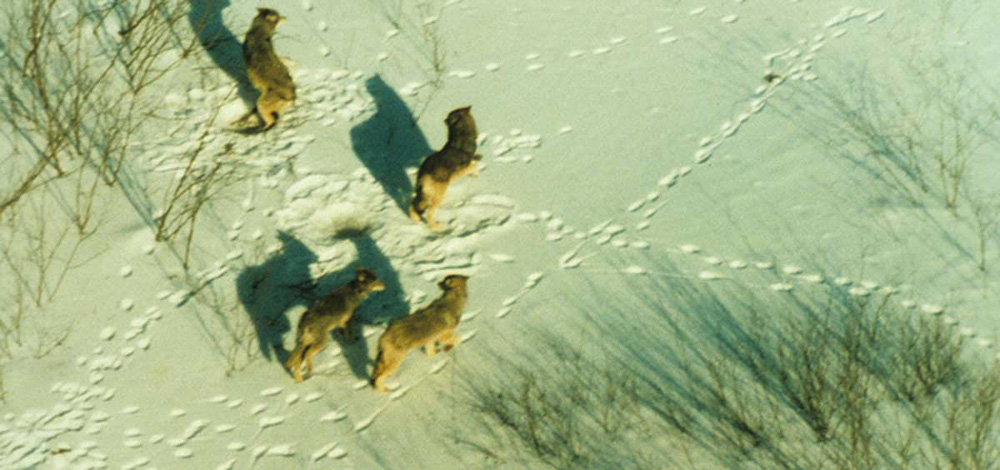Below is a news release from the Wisconsin Department of Natural Resources. The last known estimate of the state’s wolf population was about 1,000 animals or more than 200 percent above the DNR’s current management plan of 350.
The Wisconsin Department of Natural Resources (DNR) released a draft of the updated Wolf Management Plan for public review and comment. This management plan lays out a holistic approach to ensuring the state’s wolf population remains healthy and secure while balancing the public’s diverse interests.
The DNR is holding a 60-day public review and comment period, during which the public can offer feedback on the draft plan. The 60-day period starts today and ends on Jan. 10, 2023. The draft plan and instructions for giving feedback can be found on the DNR’s Wolf Management Plan webpage.
“The proposed draft Wolf Management Plan reflects the detailed and significant work done by DNR staff to ensure the health and stability of Wisconsin’s wolf population. Input from diverse and varied stakeholders was critical to the development of this proposal,” said Wisconsin DNR Secretary Preston D. Cole. “I encourage the public to review and provide robust, meaningful feedback on the plan to the DNR. Because this is such an important issue for all of Wisconsin, we are providing an extended 60-day review period to offer all interested parties the opportunity to digest, reflect and provide feedback on the draft Wolf Management Plan.”
The proposed plan was developed in consideration of many factors, including public input, consultations with Wisconsin’s tribal nations, scientific literature reviews, a study on current public attitudes towards wolves and potential outcomes of various management decisions.
The draft plan aims to effectively balance the tradeoffs between three main objectives:
- Ensuring a healthy and sustainable wolf population to fulfill its ecological role.
- Addressing and reducing wolf-related conflicts.
- Providing multiple benefits associated with the wolf population, including hunting, trapping and sightseeing.
In addition, the draft plan details proposals to increase public understanding of wolves, identify important scientific research to be conducted and outline steps to ensure collaboration on science-based wolf management in Wisconsin.
More details about the plan’s objectives and metrics for evaluation are described in the implementation section of the management plan. The descriptions and metrics provided give a clearer understanding of the intent behind each objective, how the DNR plans to measure it and what conditions constitute satisfactory progress toward the objective.
What’s Staying The Same?
The draft plan provides that DNR staff will continue to monitor wolves each year and address wolf-related conflict (consistent with current law). The DNR will continue supporting and conducting scientific research and science-based decision-making. Collaboration with other agencies, tribal nations, stakeholder groups and the public on items of mutual importance remains a department priority.
What’s Changing?
The plan proposes several changes to align the DNR’s wolf management strategy with the current state of the wolf population, the available science and the perspectives of a diverse public, such as:
- Moving away from a single numeric population goal and instead using an adaptive management process focused on balancing the three main objectives (above).
- Reducing harvest registration times and issuing zone-specific wolf harvest permits to improve the department’s ability to effectively meet harvest quotas.
- Adding mechanisms to address localized concerns, including wolf harvest concerns near tribal reservation boundaries and focused wolf harvest in areas with a history of wolf-livestock conflict.
- Revising wolf management zone boundaries to better reflect current wolf distribution and habitat.
(Photo credit: Wisconsin Department of Natural Resources)
